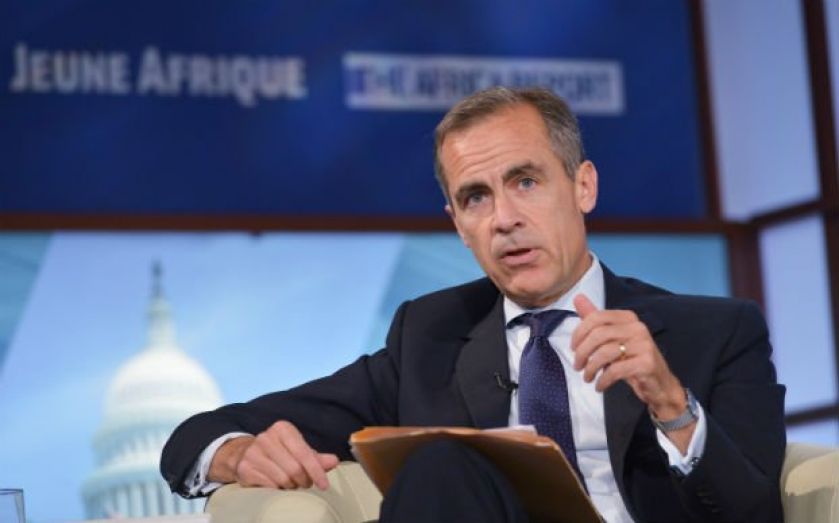Mark Carney: Banks will have to increase financial buffer to end “too big to fail”, but it’s going to cost them

Banks will no longer be “too big to fail” if new rules aimed at ensuring banks have enough capital behind them in the event of another financial crisis drawn up by Mark Carney are approved.
New proposals put together by the Financial Stability Board, led by Bank of England governor Carney, will curb the need for banks to be bailed out by governments if they run into difficulty, but could cost banks in terms of payouts to shareholders and employees in dividends and bonuses.
The proposals recommend raising the total loss-absorbing capacity (TLAC) of banks to 16-20 per cent of a bank's risk-weighted ratio, and taking into consideration the addition of extra capital buffers, a total ratio of 21-25 per cent.
The requirement will apply to globally significant banks such as HSBC, Citigroup and JP Morgan, and is more than double the existing requirement of a three per cent leverage ratio of bank's total assets under the Basel III accord, which is due to grow to seven per cent by 2019.
New “pillar one” TLAC proposals will work in tandem with “pillar two” regulations set at a national level, such as those announced by the Bank of England at the end of October, taking some banks' buffers up to 25 per cent of their risk-weighted assets.
A consultation on the plans will be held next year with resulting rules coming into force in 2019.